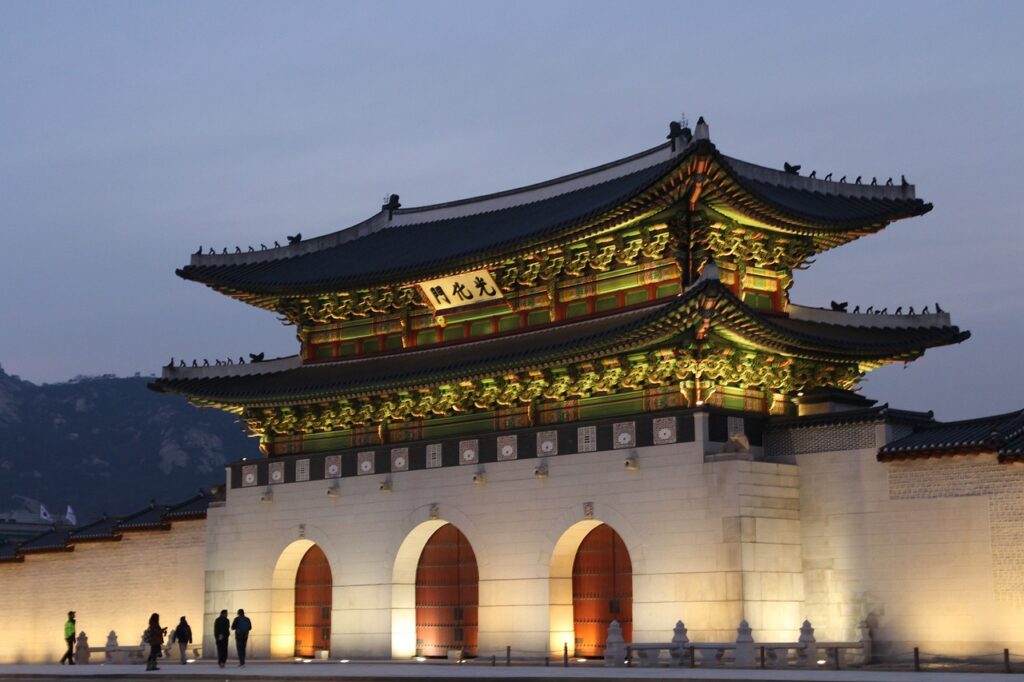Galleries Oil Paintings Arcachdir: Structure for Collecting and Display
1. Selection With Purpose
Build your wish list around theme—coastal, forest, mountains, field, or atmospheric studies. Favor works that show discipline in composition: horizon line, depth, and value structure. No “pretty for pretty’s sake.” Focus on artists with routine output—series, studies, and progress over time. Consistency signals mastery.
Curate for clarity, not just visual noise.
2. Technical Audit—Look Past Surface
True oil landscape technique: strong underpainting, layered color for light and shade, intentional edgework. Brush discipline: see direction and intent across the canvas; palette knife and glazing used as tools, not crutches. Document medium, ground (linen/canvas/panel), and varnish type for every acquisition.
Galleries oil paintings arcachdir keep a living log—what was chosen, why, and how it performs in varying light.
3. Display With Discipline
Hang at 58–62″ center; space for large works, group by color or season for smaller. Use neutral backgrounds: nature color pops best against white or offwhite, not dark or patterned. Lighting must be uniform, daylight or high CRI LED—never direct sun or colored bulbs.
Routine: Rotate works by month or season—keep wall memory and paintings fresh.
4. Care and Preservation
Record every condition note on arrival—scratches, cracks, varnish clouding. Use museumgrade hangers and safety backings for every work; locks for public spaces. Schedule annual climate and dust checks: clean glass, audit for mold or pest, maintain 50% humidity, 68–72°F.
Document with photos before/after each move.
5. Collector’s Routine—Galleries Oil Paintings Arcachdir Insights
Quarterly inventory: detail location, checkout/log, insurance value, and provenance records. Annual rotation: schedule which works move to storage, which come out. Sell or donate works that drift from the core thesis or repeat visual information.
Disciplined editing is the secret weapon of great collections.
6. Exhibition Strategy
Plan shows with a central narrative—“Dawn to Dusk,” “Winter Fields,” or “Wild Water.” Allow for visual pacing—anchor works, then buffer with breathing space or smaller sketches in sequence. Label discipline: artist, title, year, place, oneline insight.
All visitor routes mapped; seating or pause points at every transition.
7. Artist and Gallery Routine
Artists submit works via digital portfolio—highres, true color, multiple angles, with close detail shots. Gallery audits all frame, hardware, and condition support—glass, edge, and mount. Installation rehearsed; lighting and wall space prelogged. During show, daily walkthrough and condition check, especially for open or hightraffic displays.
Galleries oil paintings arcachdir run on routine, not hope.
8. Sales, Loans, and Documentation
Track every sale and inquiry; split commission per standard contract and log for taxes/insurance. Loan agreements for outside exhibitions logged; routine check on return and exit condition. Digital inventory archives for catalog, marketing, and insurance.
No handshake deals—everything is written, stored, and scheduled for review.
9. Marketing and Community
Advance notice on shows to collectors, press, and institutions—scheduled, documented, and automated via email/SMS. Digital presence: virtual tours, highres images, artist interviews, and themed content calendars. Community outreach: workshops, school tours, artist talks—routine logged for every event.
Engagement is not random—it follows the same edit as the wall.
10. The Audit Cycle: Institutional Discipline
Weekly: security, light, humidity, dust; log for museum insurance. Monthly: inventory and art condition review. Pre/post any movement, storage, or show: document full condition, update catalog, and confirm insurance.
No discipline, no longevity.
Common Pitfalls
Crowding—dilutes each work, reduces appreciation, increases risk. Skipping provenance or artist history—a fake or unknown work can torpedo value and trust. Ignoring light or climate—silent damage that multiplies unnoticed. No plan for sales, loans, or transfer—routine is contract, contract is routine.
Conclusion
Great nature landscape collections in oil are made, not found. Galleries oil paintings arcachdir stress structure: theme, technical log, security, display, and repeatable curation. Build your checklist, document every move and sale, and review your walls every season. Outdiscipline drift, and each painting becomes not just a view— but a longterm asset and a growing, living memory. Structure, review, and adapt. Every strong painting, every exhibition, every season. That’s a collection built to last.
